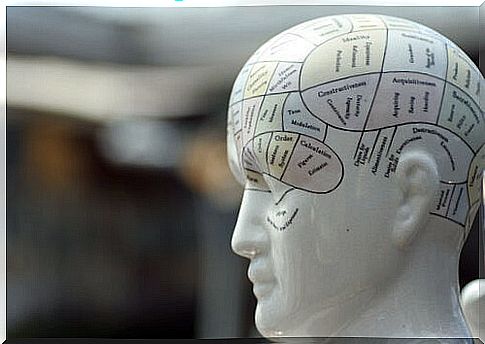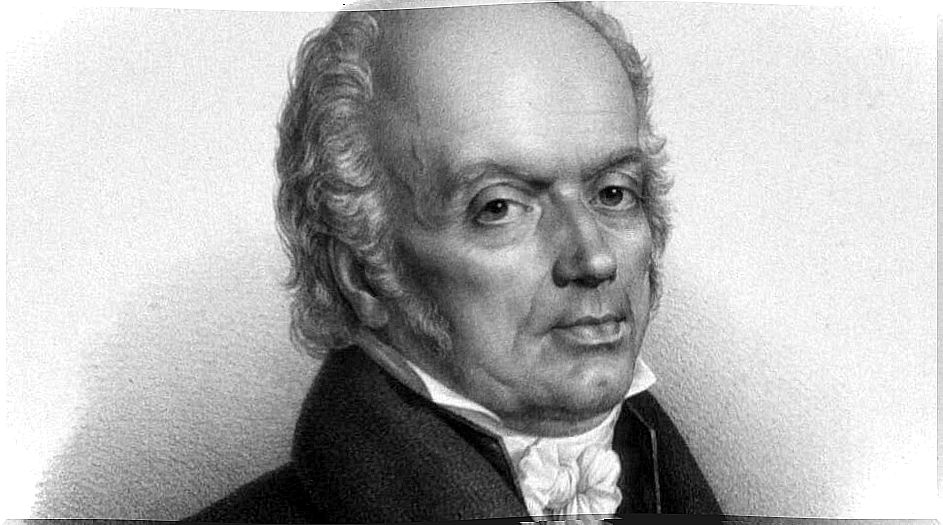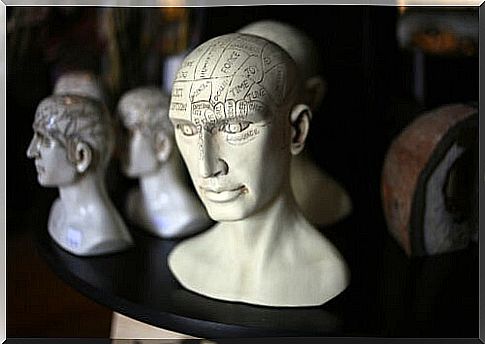Phrenology: Size Matters

Phrenology alludes to a set of hypotheses that we discard today, but that in their day raised a great stir, and that is that what they raised in an idea that is intuitively very appealing: relating size with capacity. To understand it, let’s think that the brain is structured in such a way that its different parts are responsible for different functions.
Thus, different parts of the brain control different functions. These parts, moreover, are defined by the configuration of their own structure.
However, specialists in phrenology considered that the size of the brain area “dedicated” to a specific function was proportional to the importance of that mental function. They also thought that craniometry (measurement of the size and shape of the skull) reproduces the shape of the brain. Therefore, it would also reproduce all human functions.
Third, phrenologists also believed that moral and intellectual functions were innate. But how much truth is there in all this?
History of phrenology
The roots of phrenology go back at least to ancient Greece and possibly even earlier times. Many of those who handled his ideology were basically physiognomists, that is, people who determine the nature of things from their shape.
The modern system was developed by Franz Gall, who published his treatise on phrenology in 1819. Gall believed that his map of brain mapping related brain areas called organs with specific functions (faculties).

In 1896, Sizer and Drayton published a phrenology manual entitled “Heads and Faces: An Introduction to Their Study. ” This book illustrated how to recognize idiots and poets, as well as people with a criminal character compared to honest people.
However, during the Victorian era phrenology was taken very seriously. The busts, plaster casts, magazines and machines applied in this sense still survive. At this time there were phrenology consultations and also schools, food and doctors specialized in this matter.
They were all enthusiastically measuring heads. The size of the head indicated the size of the brain, which, in turn, would be associated with mental capacity and temperament. Or so the defenders of phrenology believed.
Size Matters
The average man’s head should appear to have been 55.9 cm in size while that of the woman should be between 1.3 and 1.9 cm smaller. Head size was positively related to brain and intellectual capacity, except in people with hydrocephalus.
However, the configuration of the head was still more important than its size. All these specialists considered that a good cranioscopy indicated the possession of special talents. Phrenologists made diagnoses and predictions regarding motives, abilities, and temperaments.
Head reading
The traditional “head reading” began by considering its global configuration. A rounded head supposedly indicated a strong, confident, courageous, and sometimes impatient nature.
The square head would reveal a solid and dependable nature, deeply rational and determined. On the other hand, a considerable head circumference would suggest an energetic and extrovert character. The narrow head would signal a more withdrawn and introspective nature. The ovoid configuration would indicate an intellectual character.
The phrenologist gently and firmly ran his fingers over the skull of another person to determine its shape. He had to measure the individual size of each faculty and its prominence in comparison to the other parts of the head.
Since the brain is made up of two hemispheres, each faculty could be duplicated. Thus, the phrenologist evaluated both sides of the skull. A faculty developed less than the others would indicate the absence of this particular characteristic in the personality.
On the contrary, a faculty that was well developed would indicate that the person possessed this characteristic to a considerable degree. The phrenologist considered that the head had more than 40 regions, although this depended on the system used for its evaluation.

Criticism of phrenology
Despite its popularity, the mainstream of science always considered it a pseudoscience. The idea that the lumps on the head are related to the structure of the personality and moral development was considered as a complete nonsense. None of these ideas were ever demonstrated in serious study.
At the present time, the evidence provided by neuroscience has shown that many of the claims of phrenology were fraudulent. We are talking, therefore, of hypotheses that might seem logical, but in reality are far from being fulfilled.









